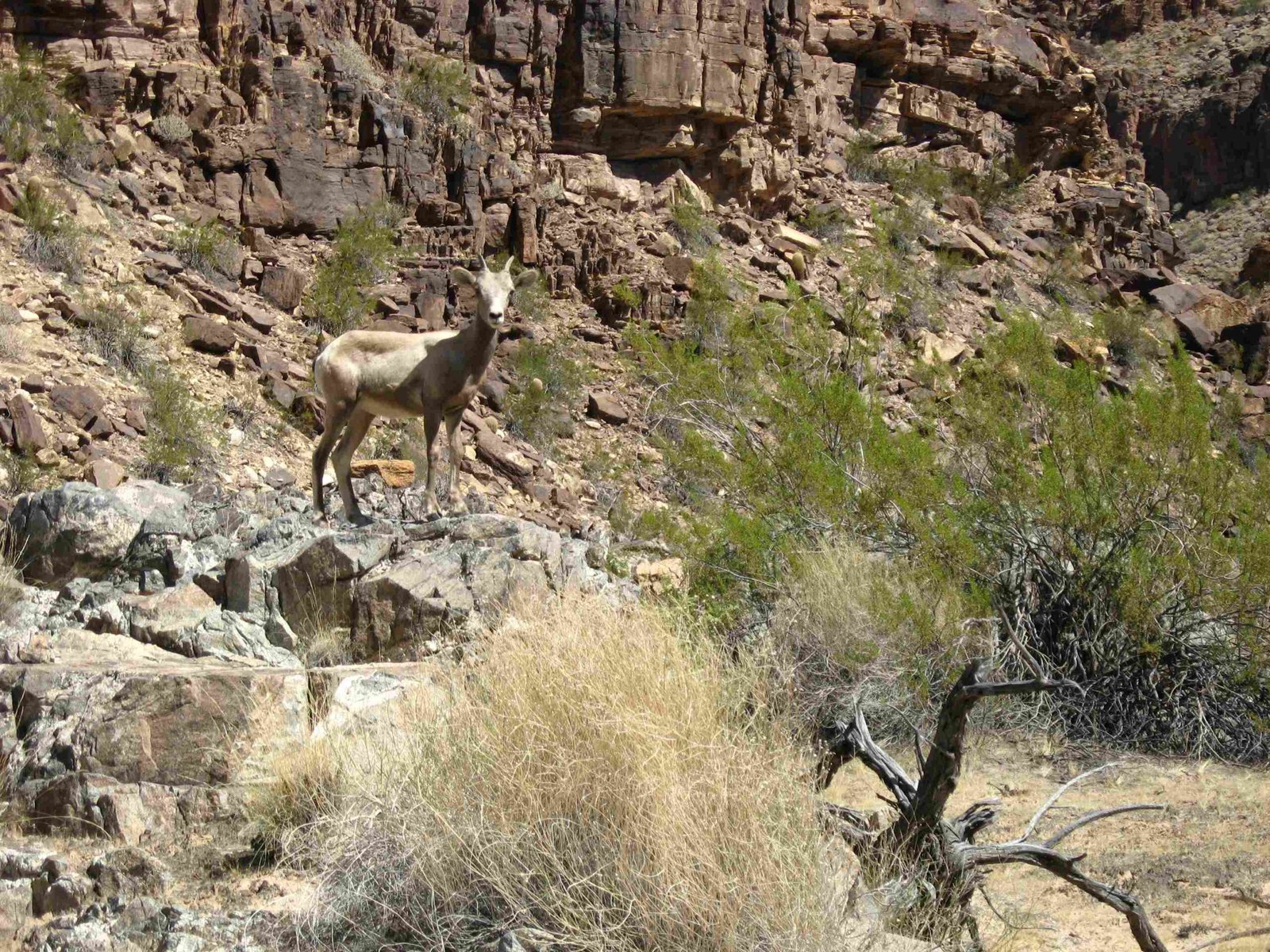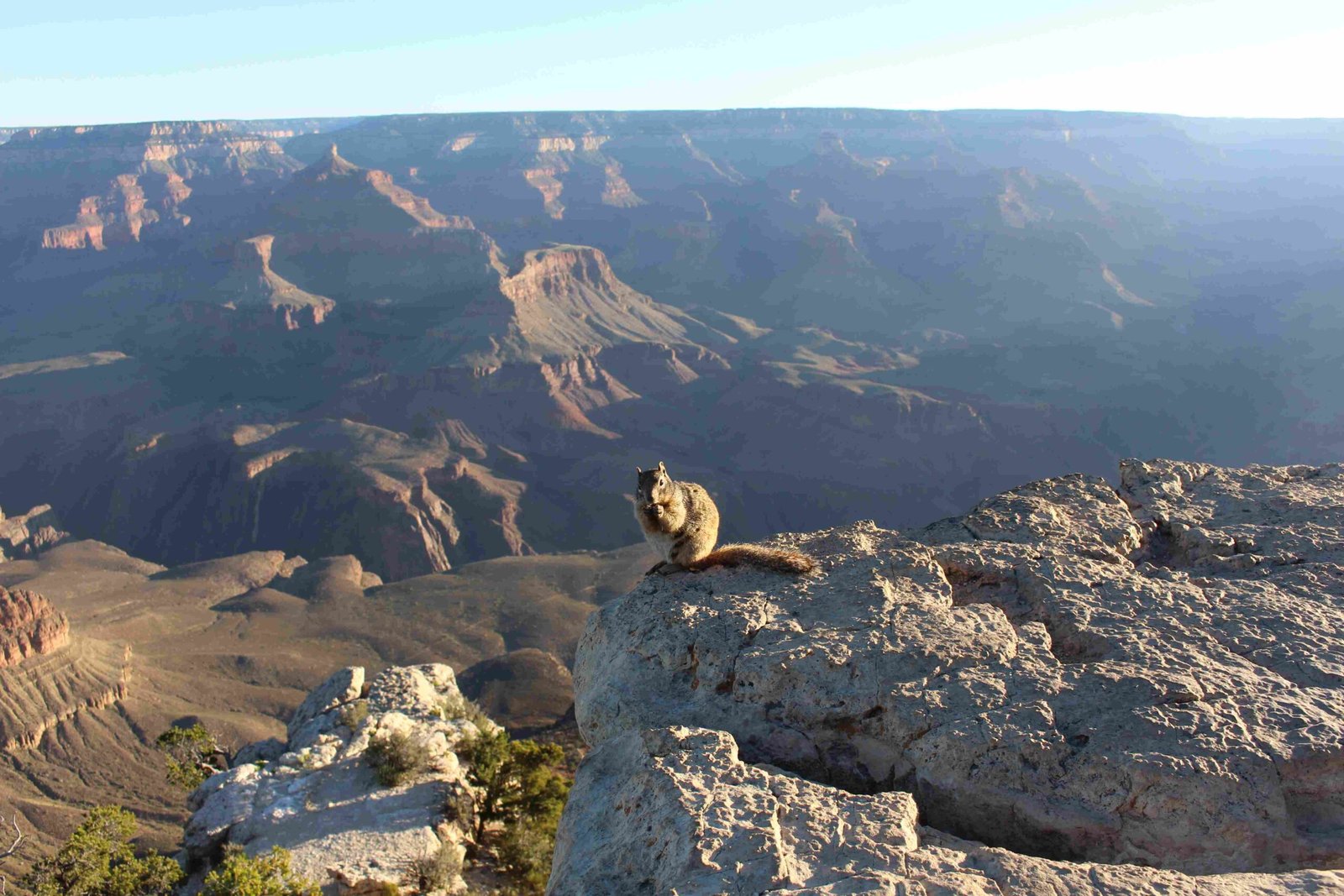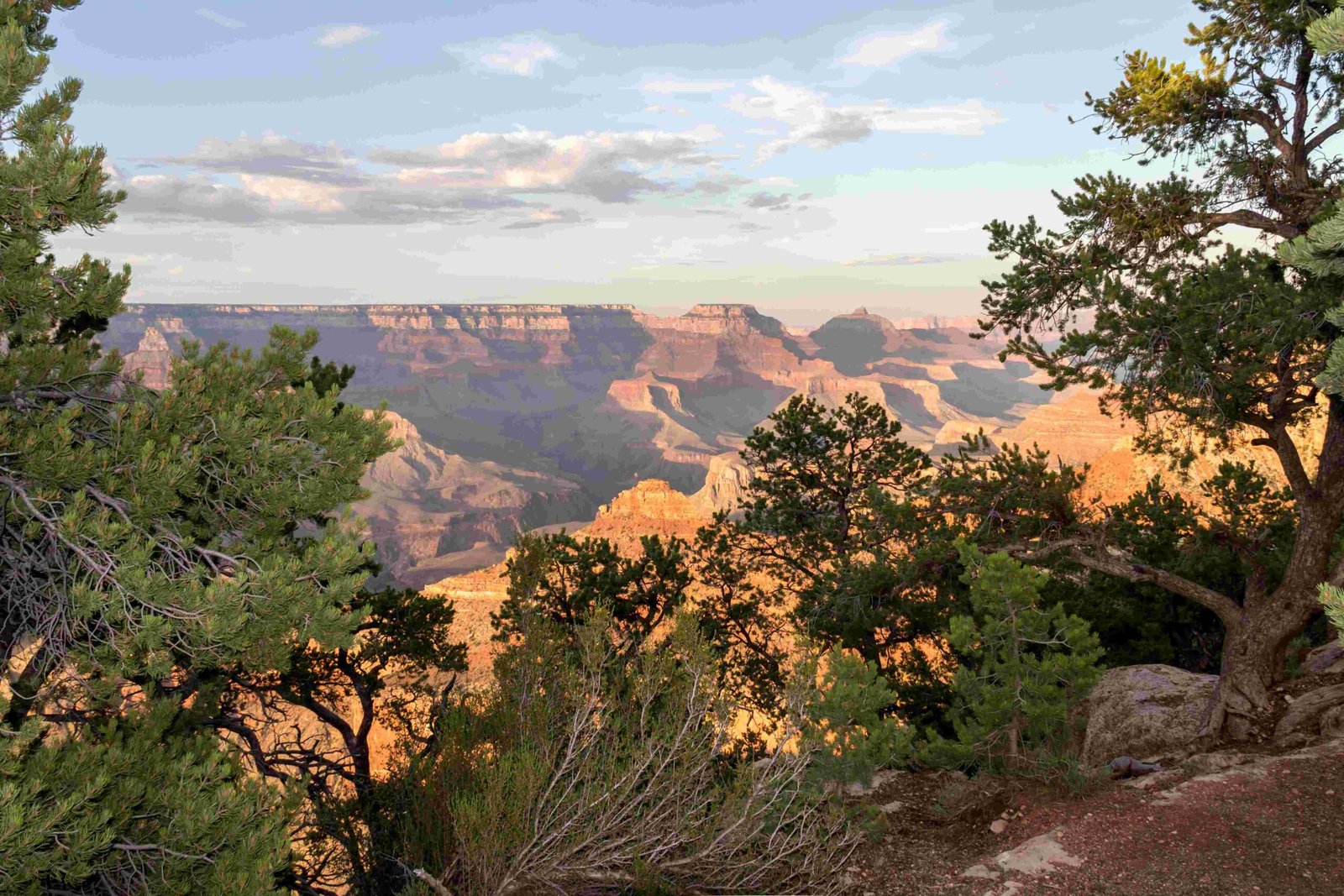The Grand Canyon reveals a stunning geological timeline spanning nearly two billion years, with rock layers ranging from 270 to 1,840 million years old. Each stratum tells a unique story of Earth’s geological history, with depths varying from 100 to 12,000 feet, creating a remarkable natural archive of planetary transformation that attracts geologists and nature enthusiasts worldwide.
What Are the Primary Geological Layers in the Grand Canyon?

The Grand Canyon’s geological composition is a complex tapestry of rock formations, each with unique characteristics and depths. Understanding these layers provides insight into the Earth’s remarkable geological evolution.
How Deep is the Kaibab Limestone Layer?
The Kaibab Limestone represents the youngest layer in the Grand Canyon:
– Age: Approximately 270 million years old
– Average Thickness: 270 feet (82 meters)
– Location: Forms the surface of Kaibab and Coconino Plateaus
What is the Depth of the Bright Angel Shale?
The Bright Angel Shale offers fascinating geological insights:
– Age: Approximately 515 million years old
– Thickness Range: 270 to 450 feet (82 to 137 meters)
– Composition: Mudstone-derived shale with sandstone and limestone sections
Detailed Geological Layer Depths

| Rock Formation | Age (Million Years) | Thickness Range | Characteristics |
|---|---|---|---|
| Vishnu Basement Rocks | 1,840 – 1,680 | Undetermined | Ancient igneous and metamorphic rocks |
| Grand Canyon Supergroup | Late Precambrian | 12,000 feet | Sedimentary and volcanic rocks |
| Tapeats Sandstone | Paleozoic | 100-325 feet | Basal sedimentary layer |
| Muav Limestone | Paleozoic | 136-827 feet | Varies between canyon regions |
| Redwall Limestone | Paleozoic | 400-800 feet | Prominent cliff-forming layer |
How Do Geological Layers Contribute to Canyon Formation?
The Grand Canyon’s layers represent millions of years of geological processes:
– Sedimentary deposition
– Tectonic movements
– Erosion by the Colorado River
– Climate and environmental changes
What Makes These Layers Scientifically Significant?
Each layer provides critical information about:
– Ancient environmental conditions
– Prehistoric life forms
– Geological transformations
– Climate change patterns
Exploring Layer Depths: Research and Resources
Researchers and visitors can explore these geological layers through:
– National Park Service publications
– Geological cross-section maps
– Guided geological tours
– Scientific research expeditions
Expert Insights on Layer Variations
Geologists emphasize that layer depths are not uniform, with variations caused by:
– Tectonic shifts
– Erosional processes
– Local geological events
– Regional environmental conditions
Preservation and Study of Geological Layers
The Grand Canyon serves as a natural geological museum, offering unprecedented access to Earth’s historical record. Continuous research helps scientists understand planetary evolution and climate change mechanisms.
Conclusion
The Grand Canyon’s layers represent a complex, dynamic geological narrative, with depths ranging from hundreds to thousands of feet, showcasing billions of years of Earth’s transformative history.

